They say you can’t judge a book by its cover, but packaging often makes or breaks retail sales. Brands spend months cultivating gorgeous flower and crafting delectable edibles or high-tech vapes. Showcasing their work in ways that stand out on dispensary shelves is vital for the products’ success
Consumers aren’t the only ones brands must win over. Packaging often is the first touchpoint for gatekeepers including retail buyers, distributors, and online vendors. If those folks aren’t impressed, consumers will never have a chance to judge the products for themselves.
Cannabis packaging has come a long way since the days of the nondescript sandwich bag or film canister. Contemporary dispensaries are filled with boxes featuring ornate embossed lettering, 3D-printed containers in wildly unusual shapes, and recycled plastic containers that promise a more sustainable future. As the industry matures, brands are putting more thought into how they show up in retail environments.
In addition to helping products stand out in an increasingly crowded market, packaging is also an extension of a brand’s marketing strategy. It demonstrates a company’s ethos and should tell a story upon first glance. Back in the day, the bud inside was all that mattered, but now what’s outside is almost as important.
“It’s been really cool to see the space evolve, especially as cannabis comes into its own as a consumer packaged good,” said Monica Aristizabal, who has been in the cannabis packaging space for several years and is now a project manager at AE Global. “Companies are putting a lot more care, attention, and budget into how they present themselves.”
Recent advancements in packaging are impressive, and they’re helping the industry catch up to established traditional retail. The maturation of the market ten years into the adult-use era has played out right before our eyes—and it continues to evolve.
Form and function
Once upon a time, products were placed in whatever closable container was available. Wrapping products during legalization’s early days was a bit disjointed (no pun intended). But as reform spread and consistency became more important, packaging became an integral part of the market’s transition to legitimacy.
“When I started, it was the wild west,” said Josh Gordon, chief executive officer at The Bureau, a Miami-based provider of packaging solutions. “No one had any idea about standards.”
Gordon has been in the business of containing cannabis for more than a decade. He’s also a founding partner in a licensed Florida operator, providing a unique perspective on the needs of brands.
After recognizing a demand for better seals on jars to extend flower’s shelf life once it leaves a dispensary, The Bureau developed proprietary airtight silicone-ring technology for lids. The invention offers a stronger seal, preserving product quality regardless of how often a consumer opens and closes the container.
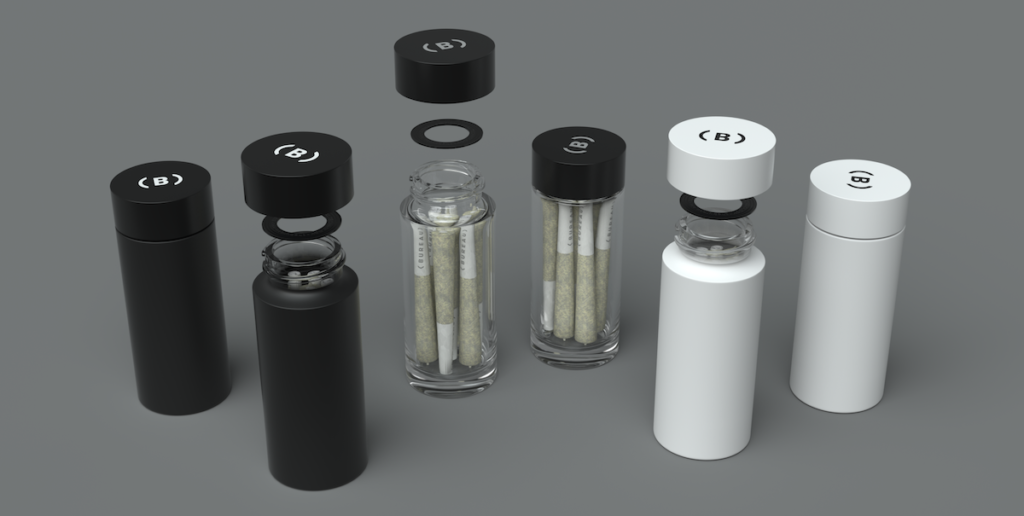
By helping brands protect their products while increasing customer satisfaction, advancements like The Bureau’s benefit the market as a whole. Consumer confidence continues to rise and fewer products go to waste, leading to not only more revenue but also better margins. Thus, packaging innovation helps drive market expansion and facilitate industry growth.
New visions of reality
Packaging also is helping the industry move into the future by utilizing emerging technologies that already are resoundingly successful among traditional retail leaders. Leading the pack: virtual reality.
Tim Wilson spent a decade managing global packaging production for Walmart. After witnessing brands utilize virtual showrooms to speed up the apparel design, production, and wholesale sales processes, he applied the solution to his own sphere of influence. Three-dimensional, virtual showrooms “replaced physical samples going back and forth between suppliers and Walmart for months on end,” he explained.
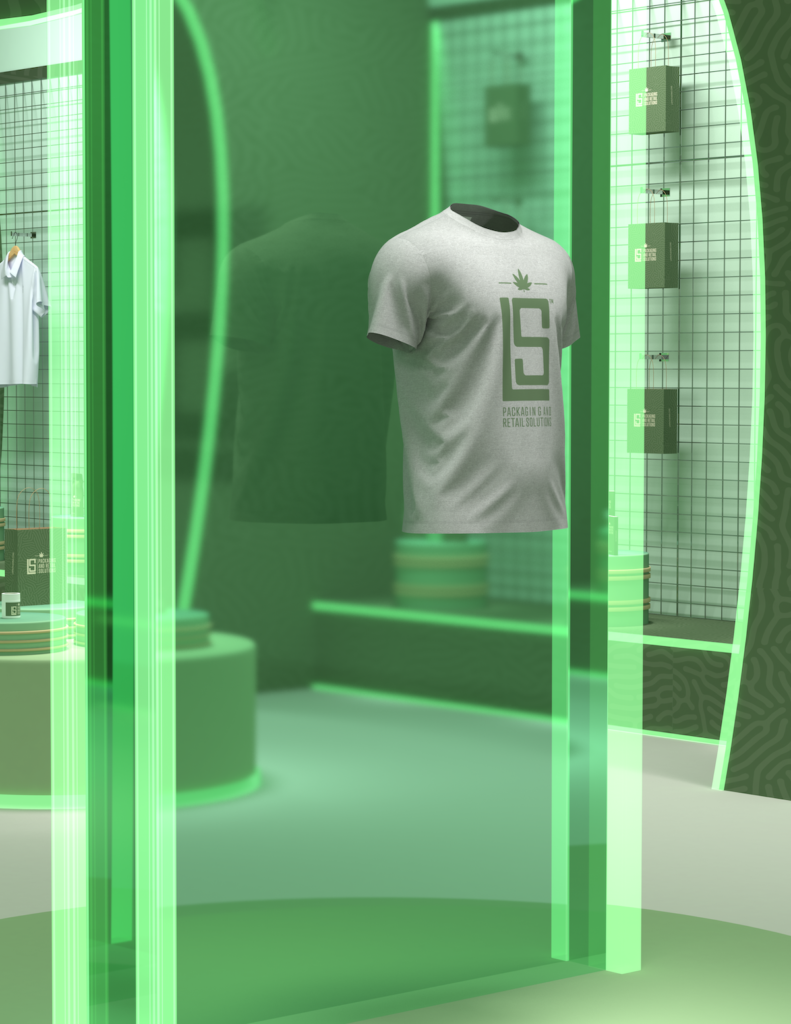
Now, as managing director at LS Packaging & Retail Solutions, he has expanded on the concept for dispensaries and product brands. Brands can save time, costs, and endless back-and-forths during packaging concept and production cycles by viewing virtual models of the designs under consideration. The firm’s virtual showrooms also allow retail buyers anywhere in the world to view and interact with real-world products they’d like to know more about.
And the technology is applicable beyond business-to-business use. Virtual showrooms also can provide brands with a way to forge meaningful connections with consumers and allows retailers to add an experiential component to their stores. “The intent behind it is to allow one-off, locally owned dispensaries to bring their dispensary to life in the metaverse and online so customers can interact and see the store,” Wilson said.
LS Packaging clients are finding creative ways to work the virtual showrooms into their marketing, he said, but the possibilities are virtually unlimited. Imagine, for example, a QR code that not only connects customers to lab-test results but also opens a virtual showroom full of complementary products or educational materials. Flat, billboard-like product pages are so Twentieth Century.
As technology evolves and consumers become more comfortable using new systems, they’ll also begin to demand more from brands and retailers they choose to patronize. Virtual showrooms could be an important first step to retail’s next iteration beyond ecommerce.
“People want to interact,” Aristizabal said. “They want that experiential piece.”
Full-spectrum design
Sure Lock Packaging is another company making strides in the design side of the space. Specializing in direct print, the firm allows clients to create initial packaging layouts online, developing a rendering in a matter of minutes. This achievement was huge for the business, said founder Rachel Kane. However, it’s the innovation happening within the space itself that she finds most impressive.
“There’s tons of new technology coming out with direct print but with better capabilities, such as precision ink-dropping onto surfaces and wrapping around containers,” Kane explained. “Some of that technology was not available a few years ago—not even twelve months ago, really. It’s amazing.”
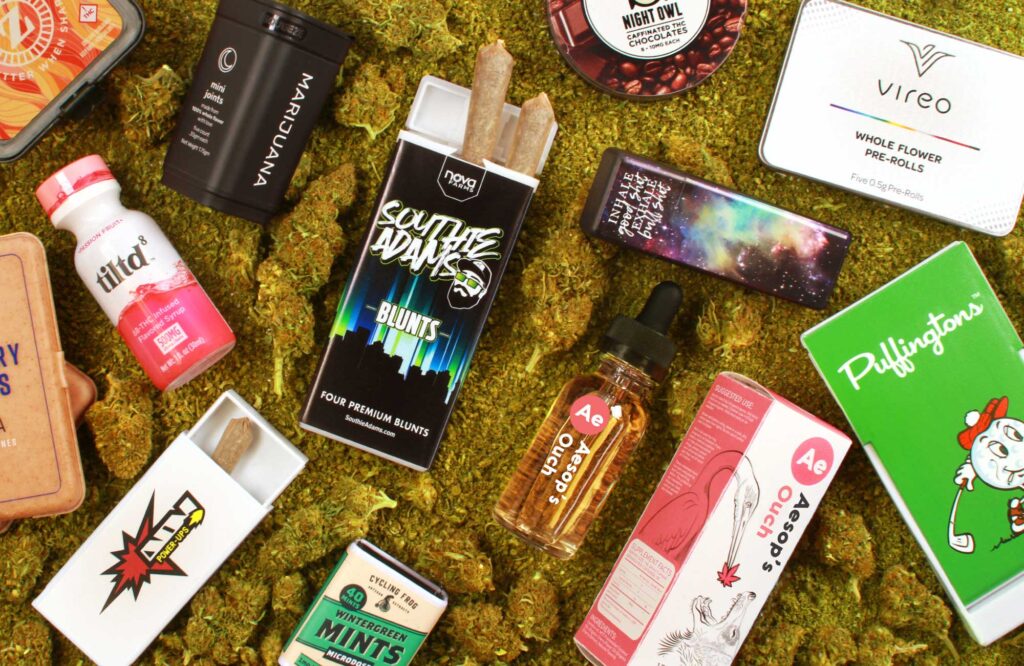
Kane is based in Saint Paul, Minnesota, where the infused beverage space has exploded over the past year and a half. She noted advancements in printing are benefiting the new segment significantly, thanks to the lack of minimum production units previously required for shrink-wrapped cans.
“We are starting to see some of that innovation come into the cannabis product spectrum, specifically in the beverage category, with direct-print-to-can,” she said. “Since direct-print-to-can technology is all digital, there isn’t a minimum, giving some great affordability to companies launching a new product.”
By printing directly onto a container or can, removing the need to order and apply labels, brands can save both time and money. The technology also offers a more elegant and refined look, increasing the perceived value of a product. It’s a win-win for companies and consumers who get a more premium-looking product without the top-shelf price.
Beyond the dispensary
True or false: The shelf life of packaging expires as soon as the product inside is gone.
According to Kane, the answer should be a resounding “false.”
More brands are creating containers that can be repurposed, promoting brand awareness and connectedness. Even if consumers fill an empty container with another brand’s product, the association to the original lingers, providing a form of subliminal advertising.
“If you go with a beautiful hard-sided case for pre-rolls and put beautiful branding and graphic design on there, people will often refill it,” Kane suggested. “Your branding then lives long after your products have been consumed, which has some very good marketing value.”
While durable packages may cost slightly more on the front end, the expense could pay off in the long run. Kane recalled a client in Alaska who wanted their packaging to become a tourist memento. “Now, customers have a souvenir to take back with them and something they will use in the future,” she said, adding she received feedback from the client that people were stopping into the dispensary specifically because they had seen a fellow consumer with the container.
By going to a little extra trouble and expense, brands can stretch their marketing budgets with cleverly designed, durable packaging. There’s also the sustainability angle to consider. After all, aren’t the three Rs reduce, reuse, and recycle?
Sustainability
There’s an environmental cost to almost everything humans do or consume. Environmental scientists and activists are very worried about the amount of garbage generated, specifically by containers. As a consequence, an increasing number of consumers actively seek products that are created from sustainable components and packaged using sustainable materials.
According to the team at Tree Hugger Containers, a single gram of cannabis product carries with it an average of 70 grams of packaging waste, primarily in the form of single-use plastics. The company is doing its part to turn the tide by developing recycled glass jars, lids made from ocean-bound plastics, and bags manufactured from post-consumer materials.
With climate change a top issue among younger consumers, brands that display an authentic focus on decreasing their environmental footprint are likely to win hearts and minds. Earth-conscious companies are investing in more eco-friendly options such as biodegradable boxes or doob tubes made from recycled materials that may actually pay for themselves. For many businesses, making the switch is an extension of their brand identity and ethos—and in the cannabis industry, with its focus on natural healing and non-toxic recreation, eco-friendly packaging is a natural fit.
Sol Spirit Farm demonstrates both the spirit and the letter of sustainability. The Emerald Triangle-based cultivator has a deep commitment to environmental consciousness and decided to seek out packaging that aligned with the team’s values.
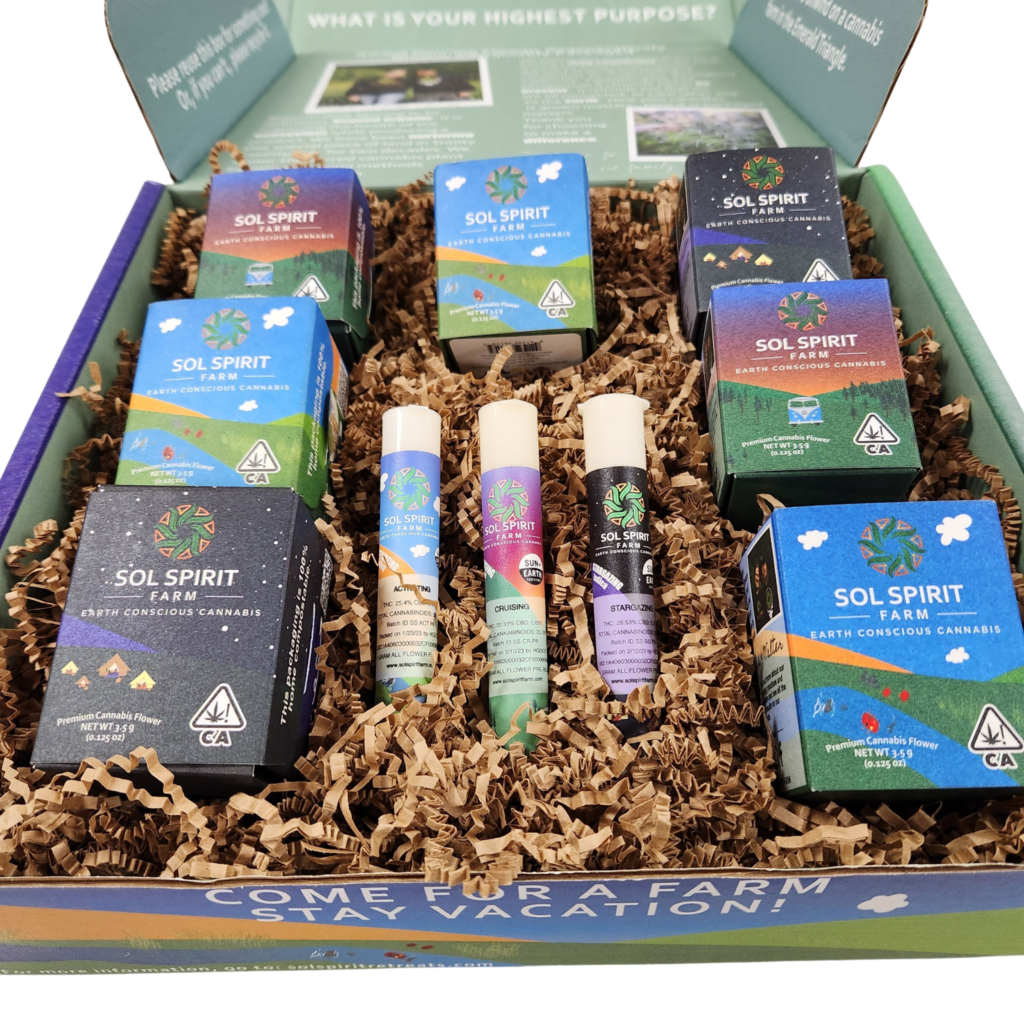
“We put so much thought and effort into cultivating cannabis in the most environmentally beneficial way, we knew we could never put our regenerative flower in a single-use plastic mylar bag,” said Judi Nelson, the farm’s co-owner. “So, we dove in and started looking for solutions that didn’t compromise our ideals or the quality of our flower.”
Nelson and partner Walter Wood adopted compostable packaging for the brand. The pre-roll and eighth containers are made from canola oil, and all labels are crafted from cellulose, recycled paper, or sugarcane paper. Bags are made from polylactic acid (PLA), a plant-based bioplastic. While these materials may be more expensive, Nelson and Wood said spending a bit more to help heal the planet is the right thing for their brand to do.
For companies concerned about the cost of greener packaging, it turns out such products may be more financially accessible than previously thought. Aristizabal pointed to multiple sustainable packaging solutions at AE Global, including one vendor that creates containers from plastic litter found on the beaches of the Dominican Republic. The packaging not only reduces pollution but also qualifies the companies that use it for a tax incentive, reducing overall costs.
She did caution that not all sustainable packaging is created equal. For example, a jar may be advertised as being made from recycled glass yet contain only a small percentage of recycled material. Aristizabal encouraged brands to do their homework when shopping for eco-friendly packaging to ensure the solutions meet their expectations.
More than branding
The industry is maturing slowly but surely, and packaging is a big part of the evolution. From boosting product quality to winning loyal customers, it’s not a stretch to suggest packaging can make or break a brand. But how can companies ensure they’re putting their best foot forward?
Aristizabal suggested brands consider their packaging early and often, a sentiment Kane, Gordon, and Wilson enthusiastically echoed. All recommended operators work one-on-one with packaging designers to create solutions that are aesthetically on-brand, compliant, and recognizable.
Lead times also should be considered, as it could be weeks or months between approving the concept and delivery of the final product. Creating 3D-printed packaging domestically may reduce lead times but could be more costly than sending the project overseas for more traditional production methods. That said, the freedom of creating your own unique container could be worth the cost. Just make sure the container is appropriate for what’s inside.
And don’t go overboard trying to make an unnecessarily large statement. Brands must stand out, but creating a fancy package for its own sake isn’t the answer. Packaging should be meaningful and convey a message that resonates with the target audience.
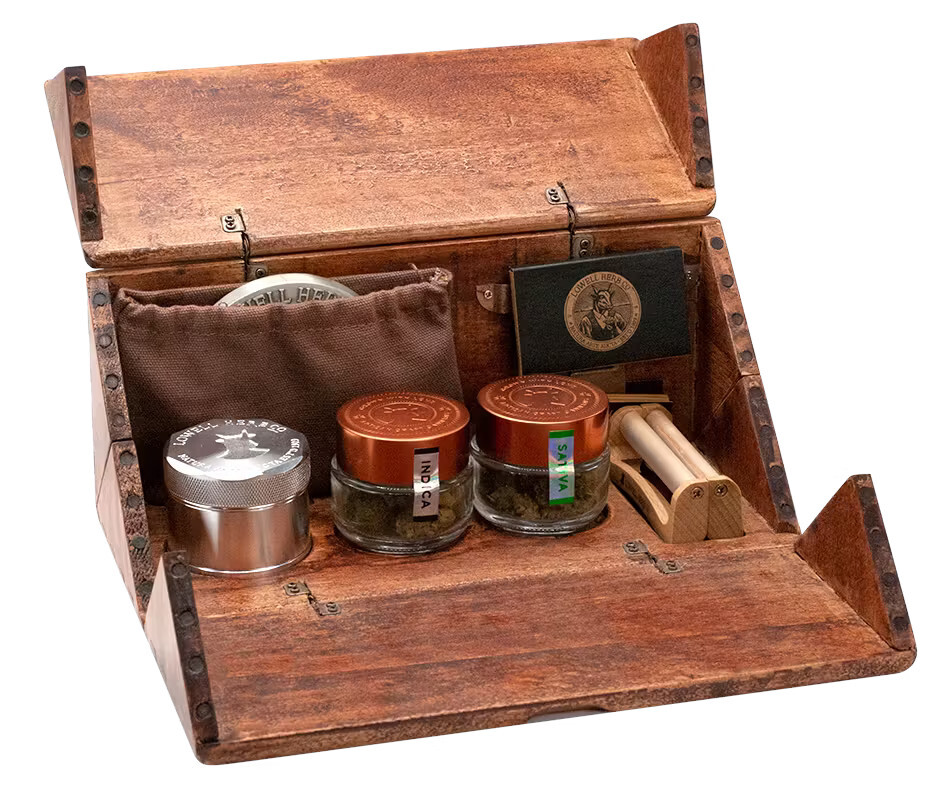
Nevertheless, according to Aristizabal, it takes more than a brightly colored mylar bag to woo new customers these days, so consider integrating special features. As an example, she cited the emerging trend of flower boxes that incorporate all-in-one kits including glass tips, matches, and a built-in rolling tray. By putting extra consideration into the way they present their products, brands can make a lasting impression.
“It’s not just about the branding,” she said. “It’s also about the initiative and the effort companies put into that packaging to wow the consumer and make them say ‘I can’t wait to open this.’”









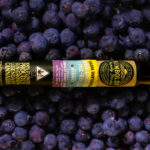

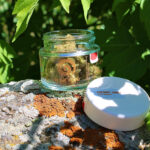


[…] you should be able to sum up your brand’s identity with one phrase. For instance, owner David Ellison of Scarlet Fire Cannabis in Toronto wanted […]
[…] to 1.5 grams in weight with infused options. Each joint is finished with a Dutch fold, weighed, and set for packaging. The APEHEX system comes with a high-speed grinder and wholesale pricing on HBI brand papers. […]
[…] keep kids out while letting authorized adults of all ages and dexterities in. And, of course, a primary job of any product’s exterior trappings is to forge a bond between consumers and the brand by telling the brand’s story. Performing all […]